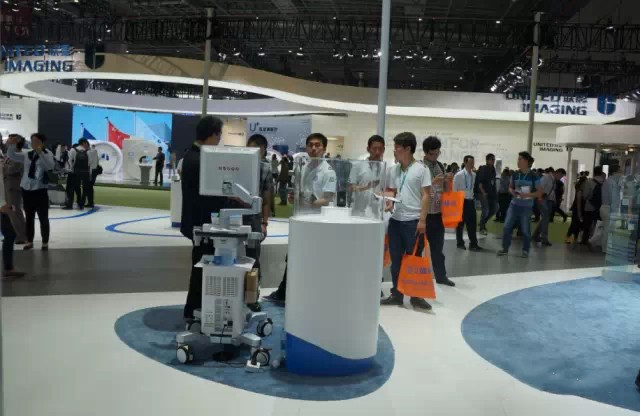How to understand artificial intelligence
Initially, when people predicted that AlphaGo and Li Shishi would win the game, I asserted that AlphaGo would win. Because Li Shishi is facing more than just an algorithm program, in addition to the complex algorithms that consist of a chess network, a valuation network, a rapid walk program, and a Monte Carlo search, the battlefield of the man-machine battle is also equipped with 40 An online network platform, more than 1200 CPUs, more than 170 GPUs, big data, cloud computing, instant processing of current chess games and 30 million chess games accumulated in history, and even a specially-laid event cable, all of which are A group of world-class deep learning experts. In this sense, AlphaGo is a human-computer interaction giant coup, and is an extended cognitive system that instantly handles special tasks. The core of this system is human. The front desk performs only the program running terminal of this system, and talent is the intellectual resource behind it.

Unintentional machines are the limitations of current artificial intelligence
A direct effect of AlphaGo's victory over Li Shishi is that many people believe that AlphaGo's victory means that artificial intelligence has broken through certain limits and reached a high level of intelligence. As it continues, all human wisdom will be replaced by machines. The fate of the future is indeed worrying.
But in fact, despite experiencing the baptism of years, artificial intelligence has not yet escaped the fate of an "inadvertent machine." Today's artificial intelligence can be said to have neither intelligence nor mind. This is because current computers use binary-coded Turing machine calculations and are recursive algorithms. Eighty years ago, the great logician Gödel had pointed out that the computing power of the Turing Machine was innately confined to humans. However, people are more eager to quote Turing’s words in Machines and Intelligence in 1950. “We can't blame a machine for not participating in a beauty contest. It's like we can't blame a person for not flying because of an airplane. Machines can also think; but they ignore the basic points of Turing's classic literature "On Computable Numbers" in 1936, which clearly distinguishes what is calculable, what is incalculable, and where the boundaries of the calculation are. As long as it is a non-computable problem, people cannot find an algorithm anyway. And the uncalculable world is incomparably larger than the computable world.
International mathematics theory and vision theoretician Marc once reduced the computability to three major steps. First, it is necessary to abstract concrete practical issues into a problem that can be clearly defined; secondly, it depends on whether it is a computable problem; and third, find algorithms within a computable range. For artificial intelligence, there is also an important natural step, which is to implement the algorithm on the machine to complete the calculation. At present, artificial intelligence can exceed human computational capabilities in many local areas where large amounts of computation are required. However, its limitations are most acutely reflected in the inability to deal with the following three types of problems: meaning understanding; consciousness and consciousness experience; autonomy and awareness.
The first question can be attributed to whether the machine understands the language? We know that human beings use the abstract symbol to use the language to describe the external world. People are the makers of the world's meaning. This meaning is the relationship between the thoughts and thoughts of our inner world and the external world. Does the machine understand the significance of human language expression? Does the machine translation program really understand the translated language content? Does a speech input system installed on a mobile phone really understand the meaning of the language symbols entered by people? This has always been the difficulty of the so-called "bottleneck problem" of artificial intelligence. Today, the machine cannot understand the meaning of language at all, and cannot understand how we relate to the outside world because the interpreter of this meaning is only human beings. One of the most important advances in current artificial intelligence is the ability of robots to perceive external environmental information, such as iCub, Google Big Dog, Google’s self-driving cars and airplanes; on the other hand, through deep learning of multi-layer neural networks, machines There are amazing performances in pattern recognition, image recognition, and speech recognition capabilities. However, it can be said that the current types of recognition only accomplish certain "matching" tasks, and the matching process does not involve the meaning of graphics and speech.